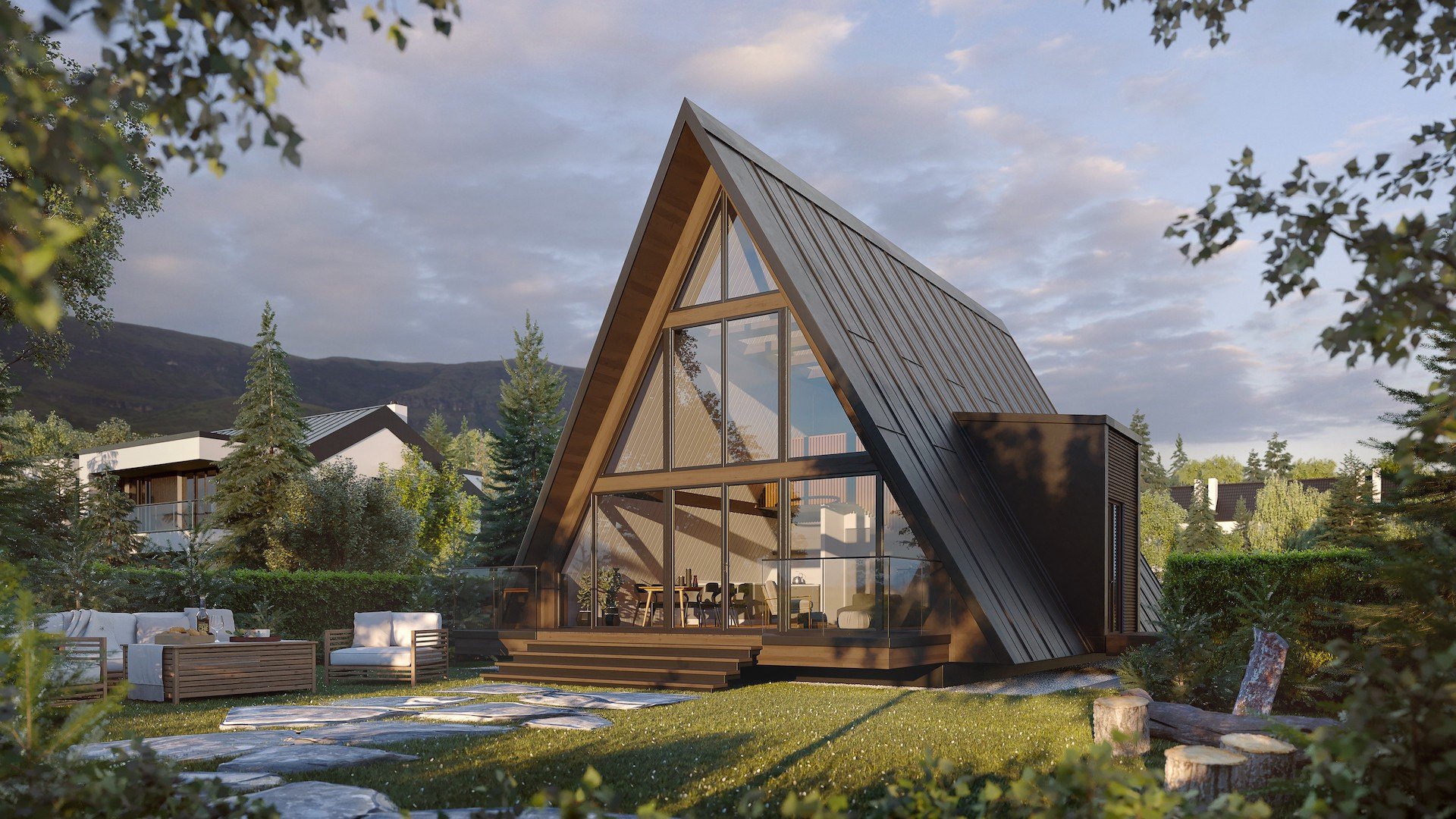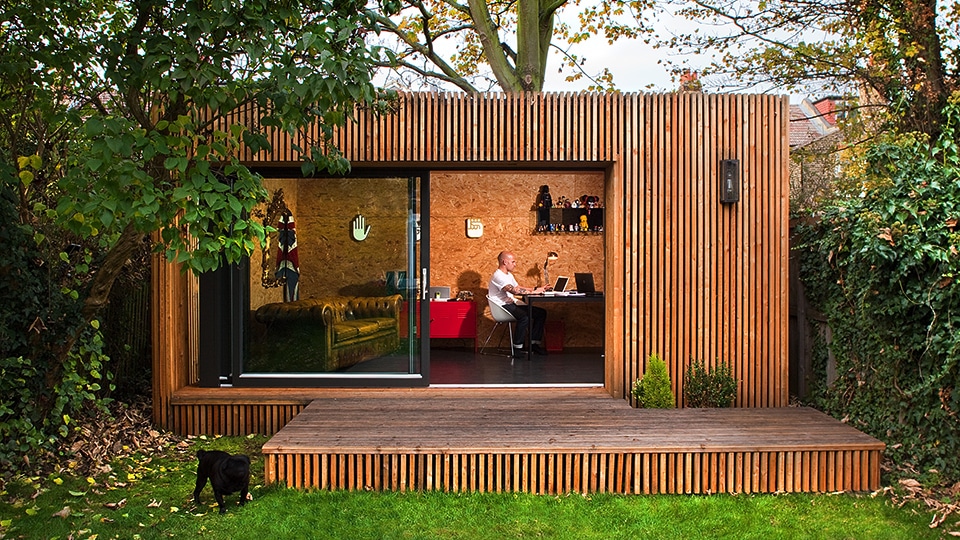Building your dream tiny house: A brief overview of the whole process
Tiny homes have gained popularity in recent years due to their affordability, minimalist lifestyle, and smaller environmental footprint. For those looking to build their own tiny house, this guide will walk you through the entire process, from planning and financing to construction and finishing touches. Let’s dive in and explore the world of tiny home-building for self-builders.
Why build a tiny house?
Before we delve into the details of building a tiny house, let’s first discuss the reasons why someone may choose to build one. Tiny homes offer several benefits:
- Affordability: Building a tiny home can be significantly cheaper than purchasing a traditional house.
- Minimalist Lifestyle: Living in a smaller space encourages a simpler, more intentional way of life.
- Environmental Benefits: Tiny homes have a smaller environmental impact due to their reduced energy consumption and construction materials.
- Flexibility: Some tiny homes can be built on wheels, offering the freedom to move and explore different locations.
Planning your tiny house
The first step in building your tiny home is to determine your needs and preferences. Consider the following:
- Size: Determine the size of your tiny home based on your lifestyle and the number of occupants. Most tiny homes fall within the 100-500 square feet range.
- Amenities: Make a list of essential amenities, such as a kitchen, bathroom, and sleeping space. Consider additional features such as a loft or outdoor living area.
- Mobility: Decide whether you want a stationary tiny home or one built on wheels for mobility.
Once you have a clear idea of your needs and preferences, create a floor plan for your tiny house. This will help you visualize the space and ensure that it meets your requirements. You can either design your own floor plan or choose from pre-existing tiny house plans available online.
It’s essential to be aware of any building codes, zoning regulations, or other legal considerations related to your tiny home. Contact your local planning authority as they may be willing to provide information regarding any potential stumbling blocks for tiny house designs, such as minimum spaces required for bathrooms, or bedrooms. Comply with local laws to avoid potential issues and fines.
Financing your tiny house
Costs can vary widely depending on factors such as materials, labor, and amenities. As a general guideline, building a tiny house can cost between 20,000 to 80,000 Euros.
Depending on your location and the type of tiny home you’re building, traditional financing options such as mortgages or personal loans may be available. However, tiny homes on wheels may not qualify for traditional home loans.
If traditional financing options are not available or suitable for your tiny home, consider alternative options such as crowdfunding, personal savings, or borrowing from friends and family.
Sourcing materials and components
Decide whether you want to build your tiny home entirely by yourself or hire a professional builder. Building your own tiny house can save you money, but it requires a certain level of skill and knowledge, as well as access to tools and equipment. If you choose to hire a professional builder, research local contractors and obtain quotes for your project.
Common materials for tiny house construction include wood, metal, and often recycled or locally sourced materials. It’s essential to select materials that provide adequate insulation and durability.
For those who want a more straightforward building process, consider purchasing a tiny house kit or shell. Kits include pre-cut materials and instructions for assembly, while shells provide a finished exterior with an unfinished interior, allowing you to customize the space to your needs.
The main construction stages
Foundations or trailer:
The first step in constructing your tiny home is preparing the foundation or trailer. If you’re building a stationary tiny home, you’ll need to clear and level the land, pour a foundation, and create a basic outline. For a mobile tiny home, you’ll need to choose a suitable trailer and install anchors as necessary.
Frame the walls and roof:
Next, construct the wall and roof framing for your tiny house. This will include the wall studs, window frames, and roof trusses. Ensure that your framing meets local building codes and is structurally sound.
Sheathing, windows, and doors:
Once your framing is complete, install sheathing to provide structural support and insulation. Install windows and doors, taking care to properly flash and seal any openings to prevent moisture infiltration.
Exterior finishes:
Install siding/cladding, trim, and roofing materials to complete the exterior of your tiny home. Choose materials that are both durable and aesthetically pleasing.
First fix plumbing, electrical, and other services:
Before you can finish the interior of your tiny home, you’ll need to rough-in the plumbing, electrical, and HVAC systems. This may involve installing pipes, wiring, and ductwork, as well as planning for fixtures and appliances. Hiring professionals for these tasks is highly recommended, as mistakes can be costly and potentially dangerous.
Insulation, and interior finishes:
Once your rough-in work is complete, insulate your tiny home to ensure energy efficiency and comfort. Install interior finishes such as flooring, walls, and ceilings.
Fixtures and appliances:
Install fixtures and appliances, including plumbing fixtures, lighting, electrical outlets, and major appliances such as a stove, refrigerator, and water heater.
Custom features and finishing touches:
Finally, add any custom features and finishing touches to your tiny home, such as built-in storage, unique decor, or outdoor living spaces.
Moving in and settling down
Once your tiny home is complete, it’s time to move in and settle into your new space. Consider the following as you transition into tiny living:
Downsizing: You may need to downsize your possessions to fit comfortably in your new tiny home. Prioritize items that are essential and have a specific purpose in your space.
Organisation: Utilize creative storage solutions and organisation techniques to make the most of your limited space.
Adapting to a new lifestyle: Living in a tiny home may require adjustments to your daily routines and habits. Embrace the minimalist lifestyle and enjoy the benefits of your new, simplified living space.
Tiny homes require regular maintenance and upkeep to ensure their longevity and functionality. Establish a maintenance schedule for tasks such as cleaning, inspecting, and repairing various components of your tiny home.
Embracing the tiny house lifestyle
Some tiny home enthusiasts choose to live in tiny house communities, which offer shared amenities, support, and camaraderie. Research local tiny house communities to determine if this living arrangement is right for you.
Building and living in a tiny home is more than just a housing choice – it’s a lifestyle. Embrace the minimalist, eco-friendly, and intentional way of life that tiny living offers and enjoy the freedom and simplicity it brings.
Building a tiny home is a rewarding and achievable goal for self-builders. With careful planning, research, and dedication, you can create a beautiful, functional, and sustainable tiny home that meets your needs and reflects your unique style.
However, if you decide that it’s too much to take on, a turnkey solution might be better for you.



